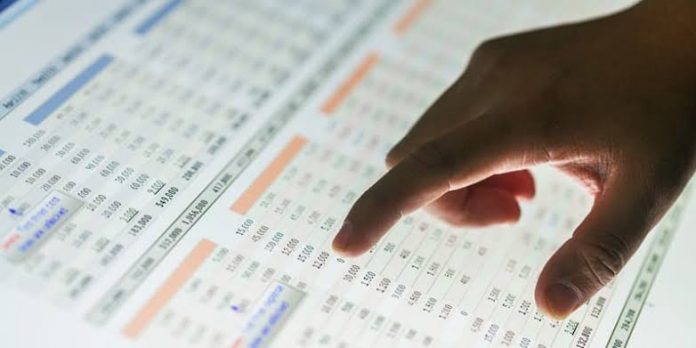The right Microsoft Excel formulas can help you solve problems easily. In a previous article, for instance, we discussed how you can use Excel to calculate salary increase percentage, allowing you to know exactly how much more you can afford to spend on expenses.
In this article, the problem we are going to tackle is energy consumption. It is important to live a greener, eco-friendlier life, and the best way to get started is by limiting your energy consumption. Before we get to the formulas and calculations, however, here are some tips and tricks you can use.
Start with Ratings
Every electrical appliance has an energy rating that depicts the amount of energy it consumes in an hour. The ratings for electrical appliances are usually stated in Watts. While they are not always 100% accurate, they are great starting points for further calculations.
For example, you may find your LCD TV to have an energy consumption rating of 150W. This is the amount of electricity consumed by the television in an hour. If the TV is on for 5 hours a day, and you use it throughout the week, that’s 22.50kWh of monthly consumption.
Since it is easy to determine the cost of electricity per kWh, you can then calculate the amount you actually spend to power the television every month. If the cost per kWh is $0.70, you are looking at $15.75 on the TV alone.
Calculate energy consumption based on the ratings of your electrical appliance to get a better idea of how you can save. When you see appliances that consume a lot of energy on the spreadsheet, it is easier to start lowering your energy consumption.
Use Units
Excel allows you to use multiple units for clearer readings. You can, for instance, add W and kWh to different rows and columns depending on how the sheet is formatted. In fact, units can be added to individual cells, which means you can customise the sheet to your specific needs.
To add units to cells, select the cells that you want to edit and hit CTRL+1 to bring up the Format Cells window. Use Custom Format for the cells, select a number format that suits your cells, and simply add a unit to the end of the format.
For instance, you can add “kWh” to the end of your custom format to add kWh as your unit. Remember to enclose the unit in quotes so Excel can recognise it as a custom addition. Since cells can be formatted individually, make sure you convert units as you see fit.
Custom units let you differentiate between the amount of energy you consume (kWh) and the amount you pay for that consumption (£). Since both numbers are similar to each other, adding units to the end of the cells will make your spreadsheet more usable.
Account for Exports
If you use technologies like solar panels to generate your own electricity, having an Excel spreadsheet that calculates energy production and consumption is a huge plus. By monitoring both consumption and production, you can save more money by exporting energy.
Companies like Utility Bidder, found at https:/www.utilitybidder.co.uk/, provide the resources you need to learn about exporting energy. The company’s website is filled with articles and resources that will help you make money from the electricity you produce.
Once you start producing more energy than you consume, you can add cells that calculate that excess energy against your actual energy consumption. Not only will you be utilising renewable energy, but you can work harder to consume less energy than you produce for complete energy independence.
Another reason to account for exports when managing energy efficiency using Excel spreadsheets is long-term savings. When you start tracking production and consumption from one month to the next, you gain additional insights in the process.
Monitor Trends
That brings us to our last tip: start monitoring trends. Rather than replacing the numbers on your sheet every time you start a new billing cycle, duplicate the sheet and track your month-by-month progress. It is a great way to see how you save – or spend – energy over a longer period of time.
Long-term tracking lets you understand your energy consumption in greater details. You can, for instance, add data from your electricity bill to check if your spreadsheet is accurate. Make necessary adjustments to the sheet for the following month to improve your monitoring accuracy.
You can also check if you are implementing the right energy-saving measures. Lowering your use of appliances becomes more tactical now that you can measure the amount of money you actually save compared to the previous month.
These are small tips that can be implemented easily, but they are tips that will help you monitor, control, and improve energy efficiency in the long run. Microsoft Excel is the simplest tool to use if you want to get started. For formulas and templates, stay tuned right here on ExcelDemy.com.

